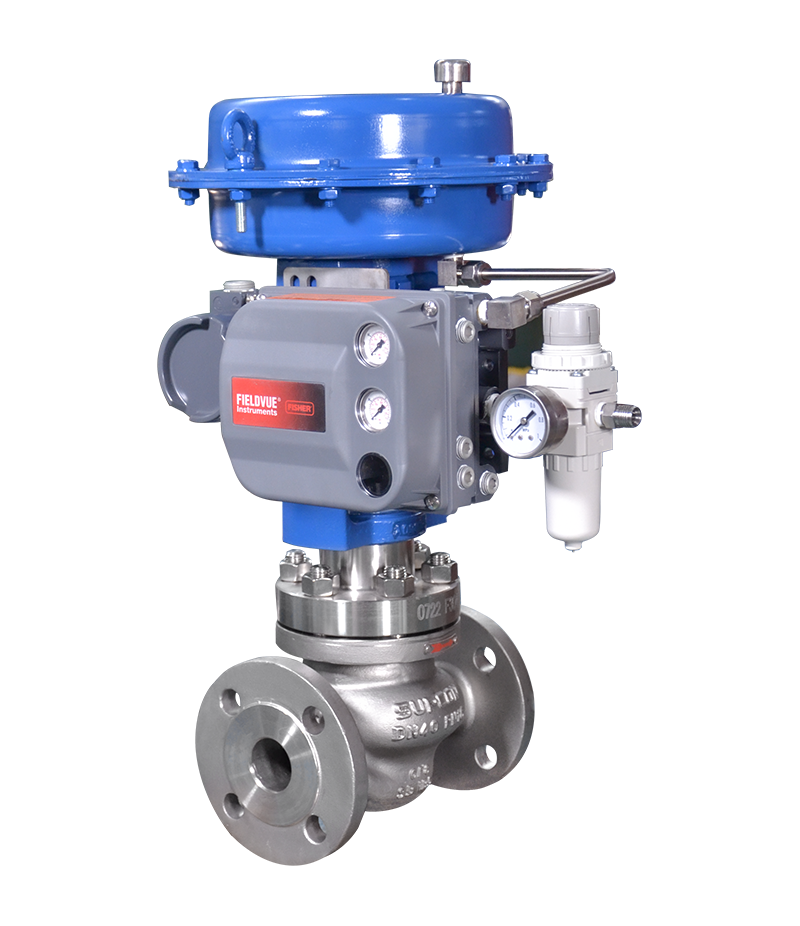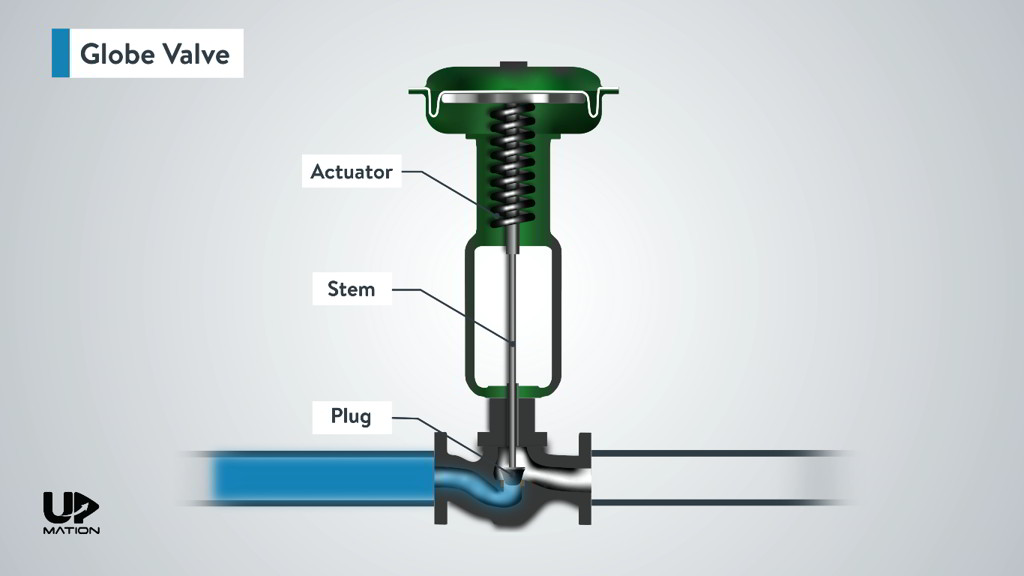The Role of Control Valves in Liquid Circulation Administration Solution
The Role of Control Valves in Liquid Circulation Administration Solution
Blog Article

Maximize Power Savings and Convenience With Advanced Building Automation Controls
In the realm of modern-day style and facility administration, the combination of sophisticated building automation regulates stands as a critical development. By using the power of automation, structures can adjust, react, and develop in means that were as soon as unthinkable.
Power Performance Benefits
Energy performance benefits can substantially reduce energy usage and functional expenses in buildings. By executing energy-efficient methods and modern technologies, structure owners and drivers can accomplish considerable savings while also adding to ecological sustainability. One of the key benefits of enhancing energy performance in buildings is the decrease of energy bills. Energy-efficient systems, such as innovative building automation controls, can optimize the use of sources like cooling, home heating, and lighting, causing lower energy expenses in time.
Furthermore, improved energy efficiency can extend the lifespan of structure devices and systems. By running extra effectively, cooling and heating systems, light, and various other building components experience much less wear and tear, causing lowered maintenance and replacement prices. In addition, energy-efficient structures typically command higher residential property values and rental prices, giving long-lasting financial advantages to proprietors.
Furthermore, power effectiveness can boost occupant convenience and efficiency. Correctly regulated indoor environments with ideal lights and thermal conditions produce a more pleasurable and helpful office, causing enhanced worker fulfillment and efficiency. Generally, the power effectiveness benefits associated with advanced structure automation controls are diverse, incorporating price savings, ecological stewardship, and resident wellness.
Boosted Convenience Control
Enhancing convenience control in structure settings calls for an advanced assimilation of sophisticated automation systems for ideal resident wellness. By using innovative structure automation controls, centers can customize the indoor environment to satisfy the certain requirements and choices of occupants. control valves.
Improved comfort control goes past standard temperature level modifications. It consists of functions such as individualized setups, tenancy sensing units, and all-natural light application to create a receptive and vibrant atmosphere. By including these innovative controls, buildings can not only enhance comfort yet additionally boost power performance by maximizing system procedures based upon real tenancy and use patterns. Eventually, focusing on occupant convenience via innovative automation systems leads to an extra enjoyable and much healthier indoor environment.
Functional Efficiency Improvements

In addition, the application of real-time tracking and analytics tools allows building operators to recognize power inefficiencies and operational anomalies quickly. By constantly keeping an eye on power usage patterns and system performance metrics, modifications can be made in real-time to optimize energy usage and make sure peak operational effectiveness. control valves. Furthermore, integrating demand response strategies right into structure automation controls can additionally enhance functional effectiveness by dynamically readjusting energy usage based upon grid problems and prices signals
Indoor Climate Optimization
Reliable interior climate optimization is a fundamental element of building automation controls, ensuring passengers' comfort and wellness while taking full advantage of energy savings. By using advanced sensors and controls, constructing automation systems can continuously keep an eye on and adjust temperature level, humidity degrees, air top quality, and air flow to develop an optimum interior atmosphere. Preserving constant and comfortable problems not only enhances passenger contentment however also boosts productivity and general well-being.
Interior climate optimization also plays an essential duty in energy efficiency. By fine-tuning cooling, home heating, and ventilation systems based on real-time data and occupancy patterns, constructing automation controls can substantially decrease energy intake - control valves. Executing strategies such as demand-controlled ventilation and thermal zoning can help reduce power waste while ensuring that each area of the structure obtains the necessary conditioning.

Sustainable Setting Creation
Structure automation controls not only enhance interior environment conditions for energy effectiveness and owner convenience however likewise lay see it here the foundation for developing a sustainable environment through tactical administration of sources and systems. By integrating innovative building automation modern technologies, such as sensing units, actuators, and intelligent software, centers can check and change energy usage in real-time to reduce waste and decrease their carbon impact. These systems make it possible for anticipating maintenance, recognizing prospective issues before they escalate and optimizing tools efficiency to improve durability and performance.
In addition, lasting setting development extends beyond energy monitoring to include water preservation, waste reduction, and interior air quality improvement. Structure automation controls can control water usage, identify leaks, and make certain proper waste disposal practices, adding to overall sustainability efforts. Additionally, by monitoring and regulating air flow and purification systems, these technologies enhance occupant health and wellness and productivity while decreasing power usage connected with a/c procedures.
Final Thought
Finally, advanced structure automation manages deal considerable benefits in regards to power savings, convenience control, functional effectiveness, interior climate optimization, and producing a lasting environment. By implementing these controls, buildings can attain optimum performance while reducing energy usage and improving resident comfort. It appears that using sophisticated automation innovation is essential in enhancing structure performance and producing a more lasting future.
Power efficiency benefits can significantly minimize energy intake and functional expenses in structures. Generally, the power performance benefits associated with advanced building automation controls are complex, encompassing price savings, environmental stewardship, and passenger well-being.
In addition, incorporating need action strategies into structure automation controls can better improve functional efficiency by dynamically changing power usage based on grid conditions and you could try these out rates signals.
Structure automation controls not just optimize interior climate problems for energy performance and passenger comfort yet likewise lay the foundation for producing a lasting setting with calculated administration of sources and systems.In conclusion, advanced building automation controls offer considerable advantages in terms of power financial savings, convenience control, functional efficiency, interior climate optimization, and producing a lasting atmosphere.
Report this page